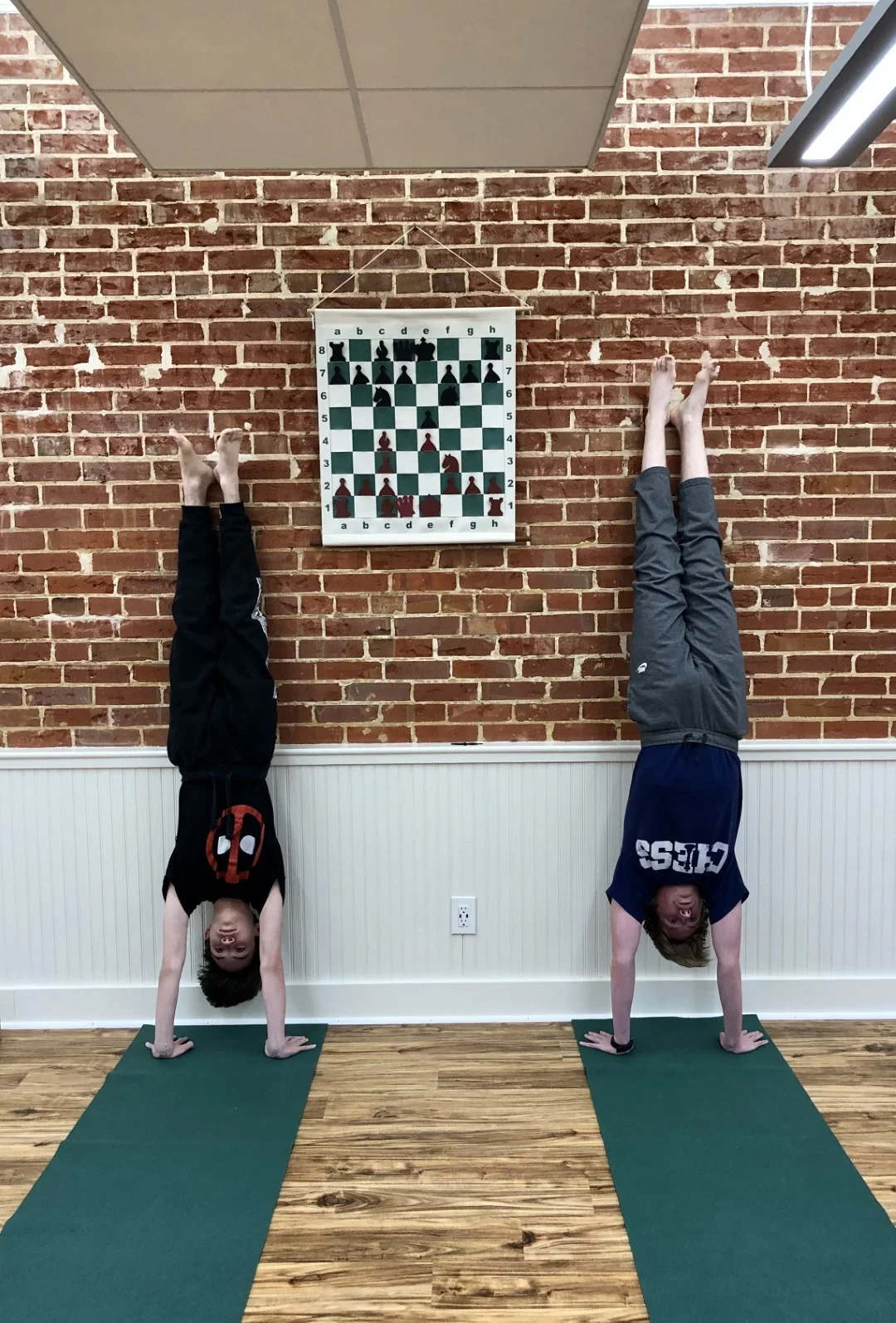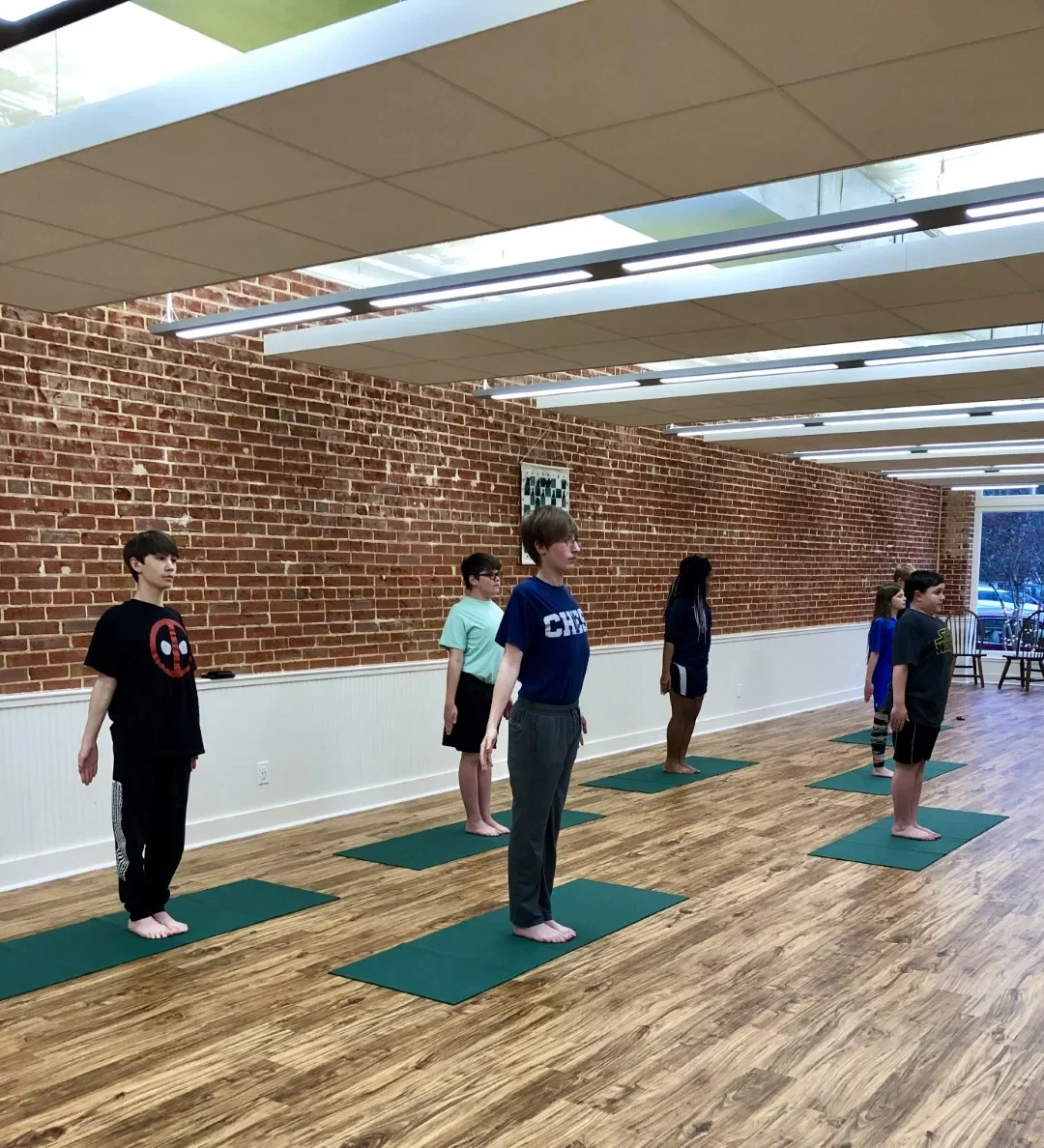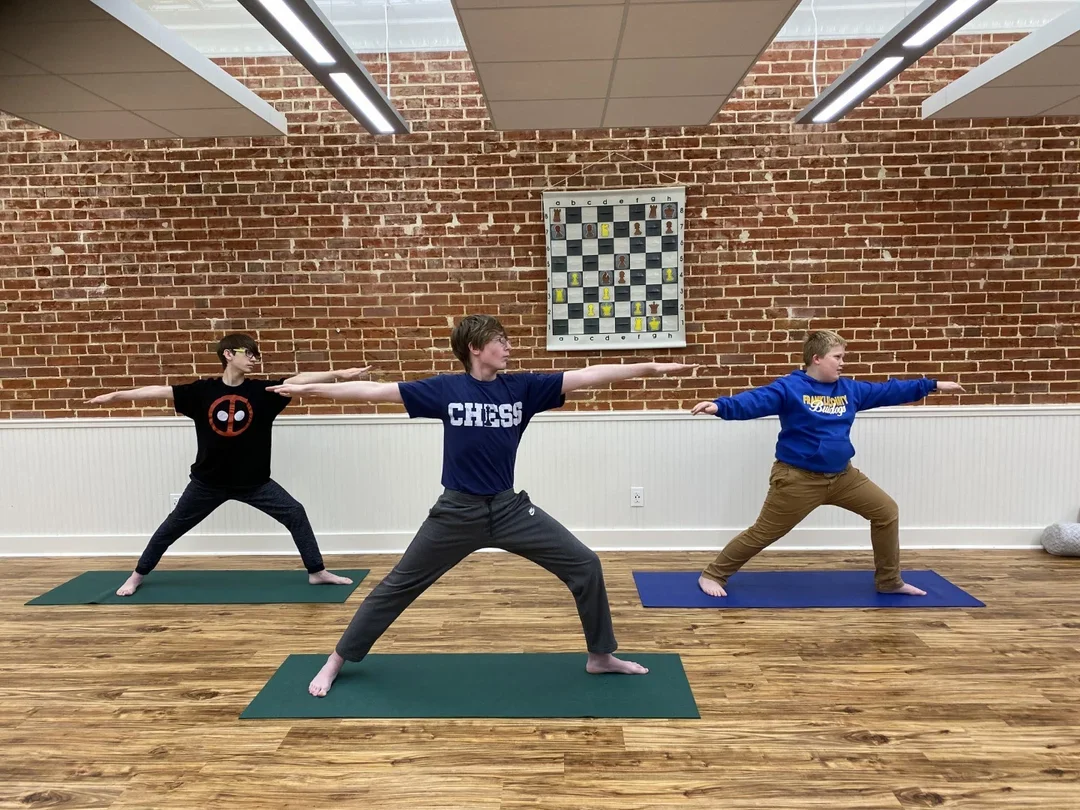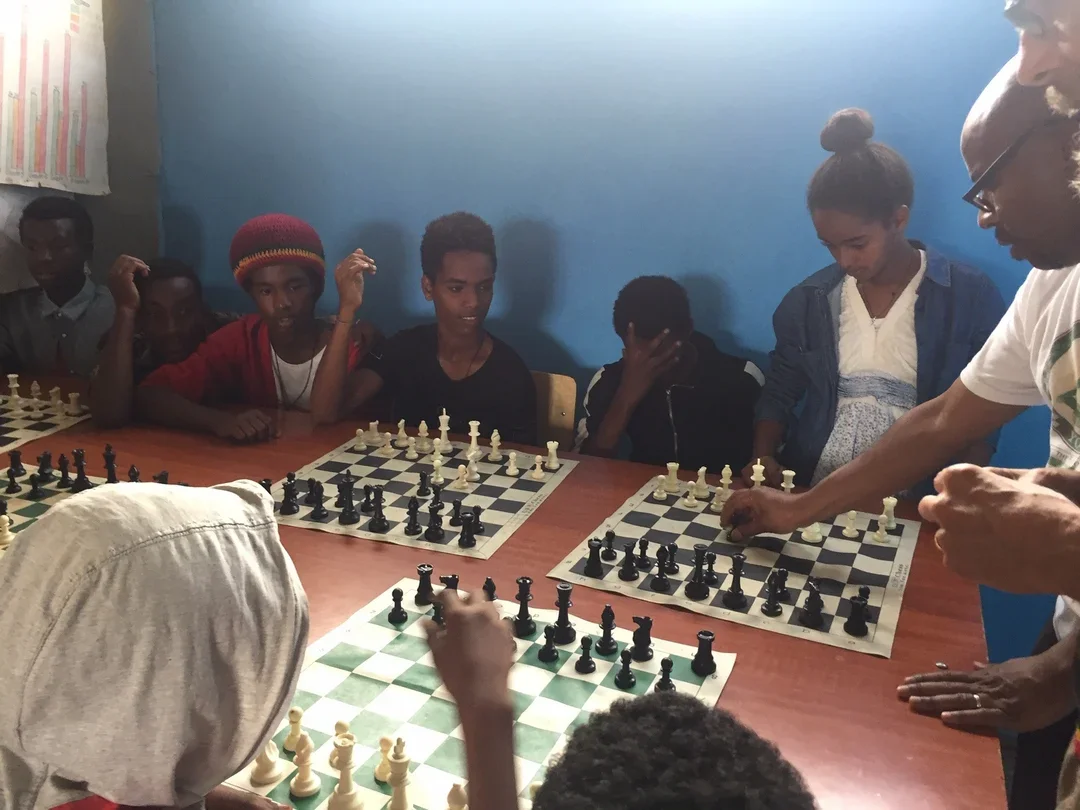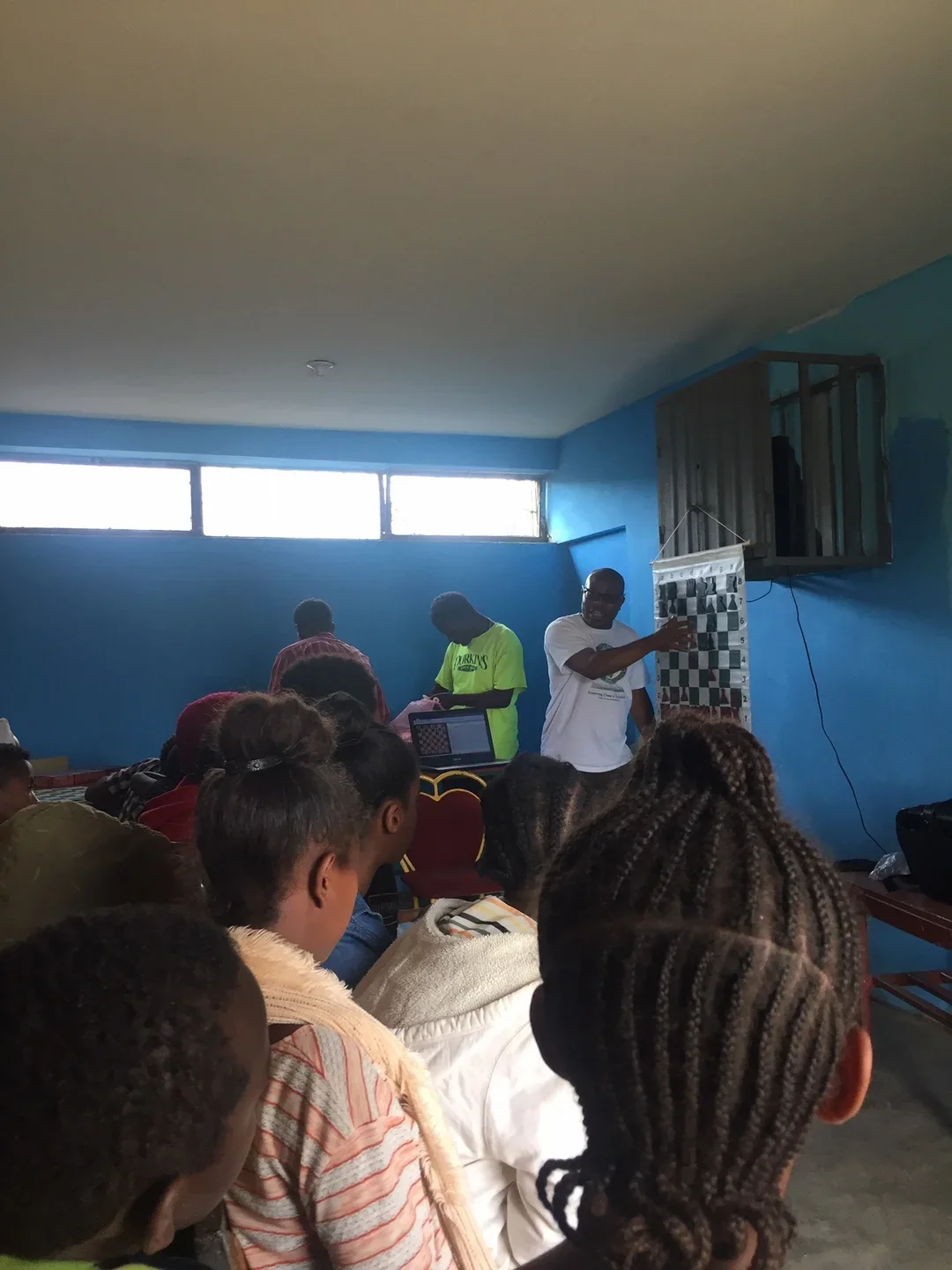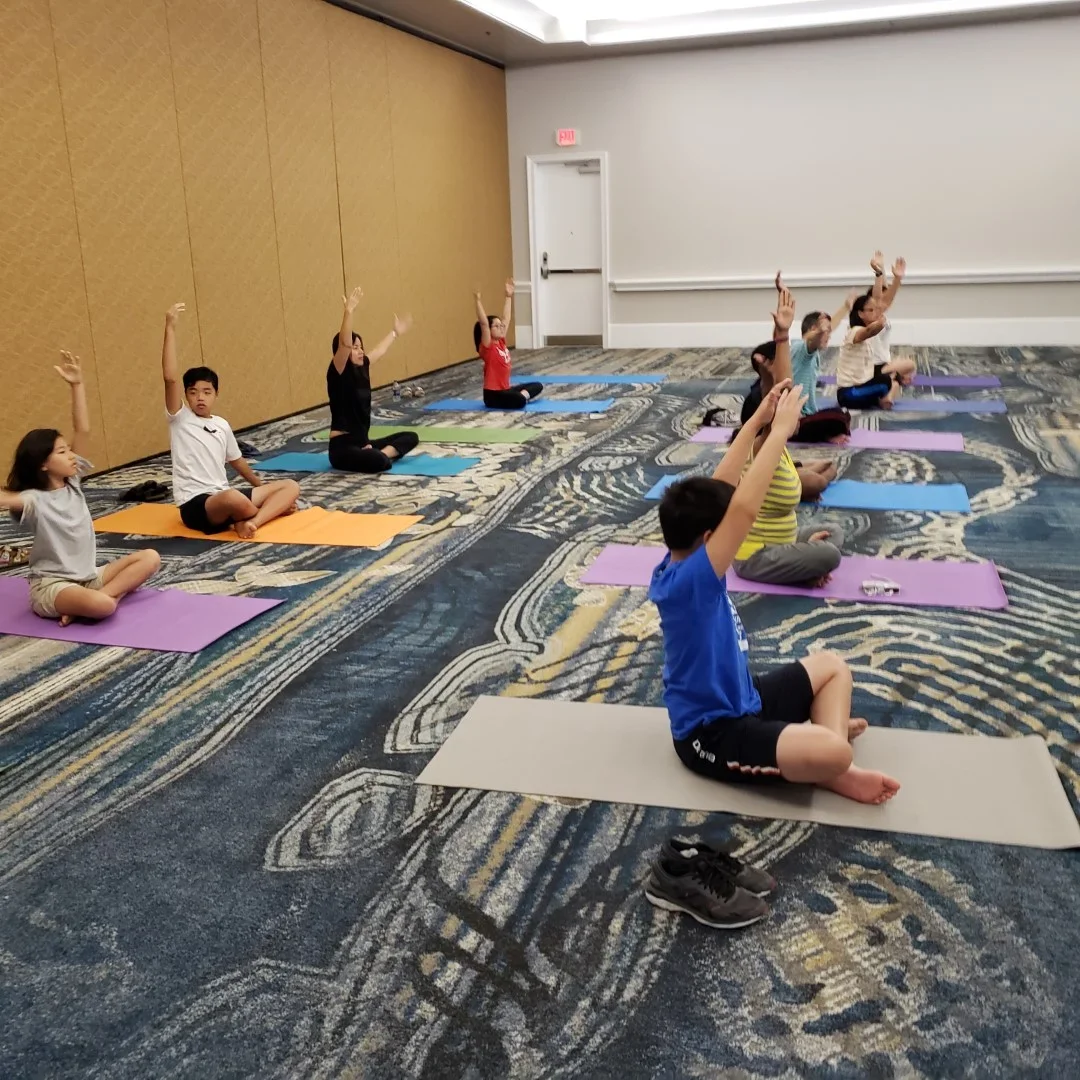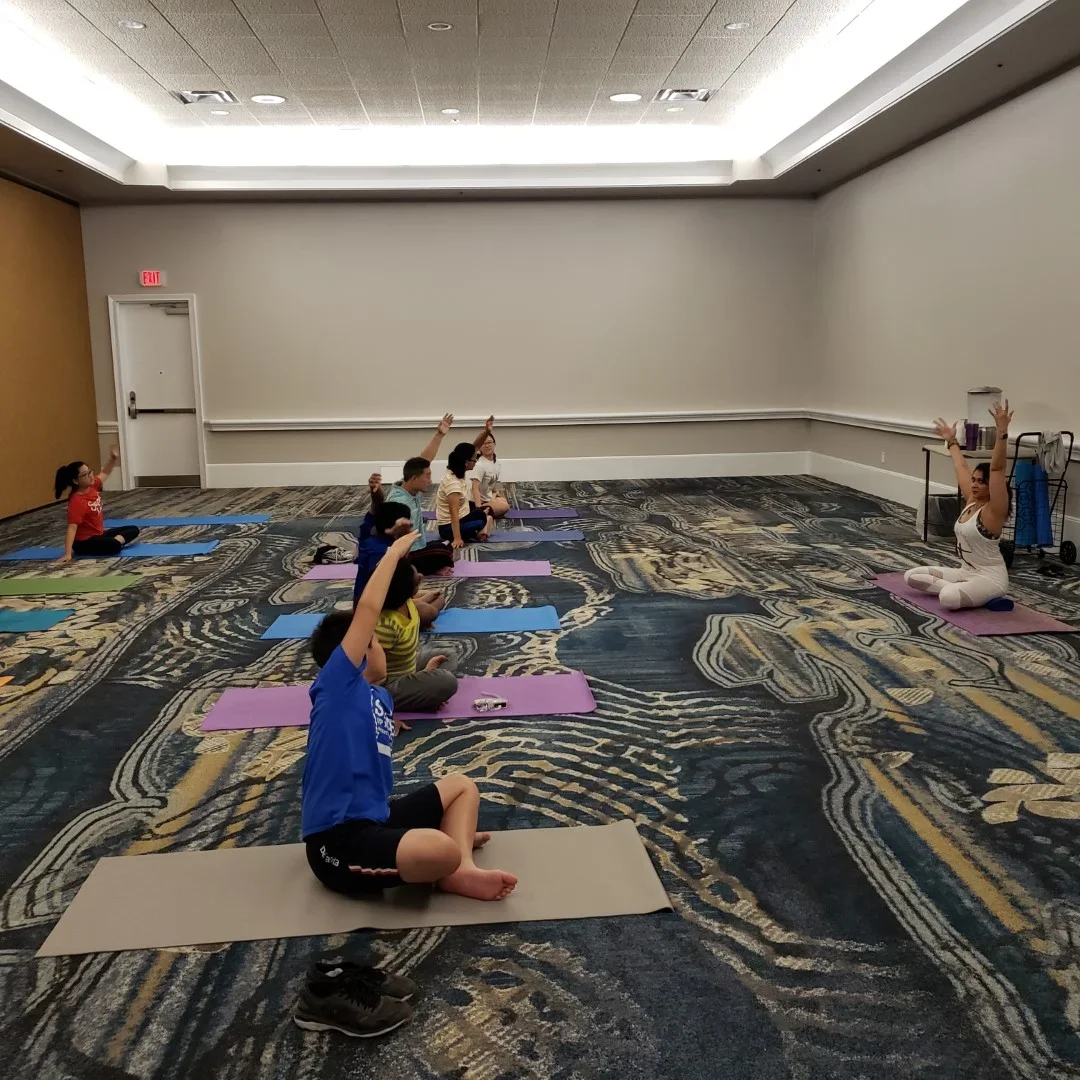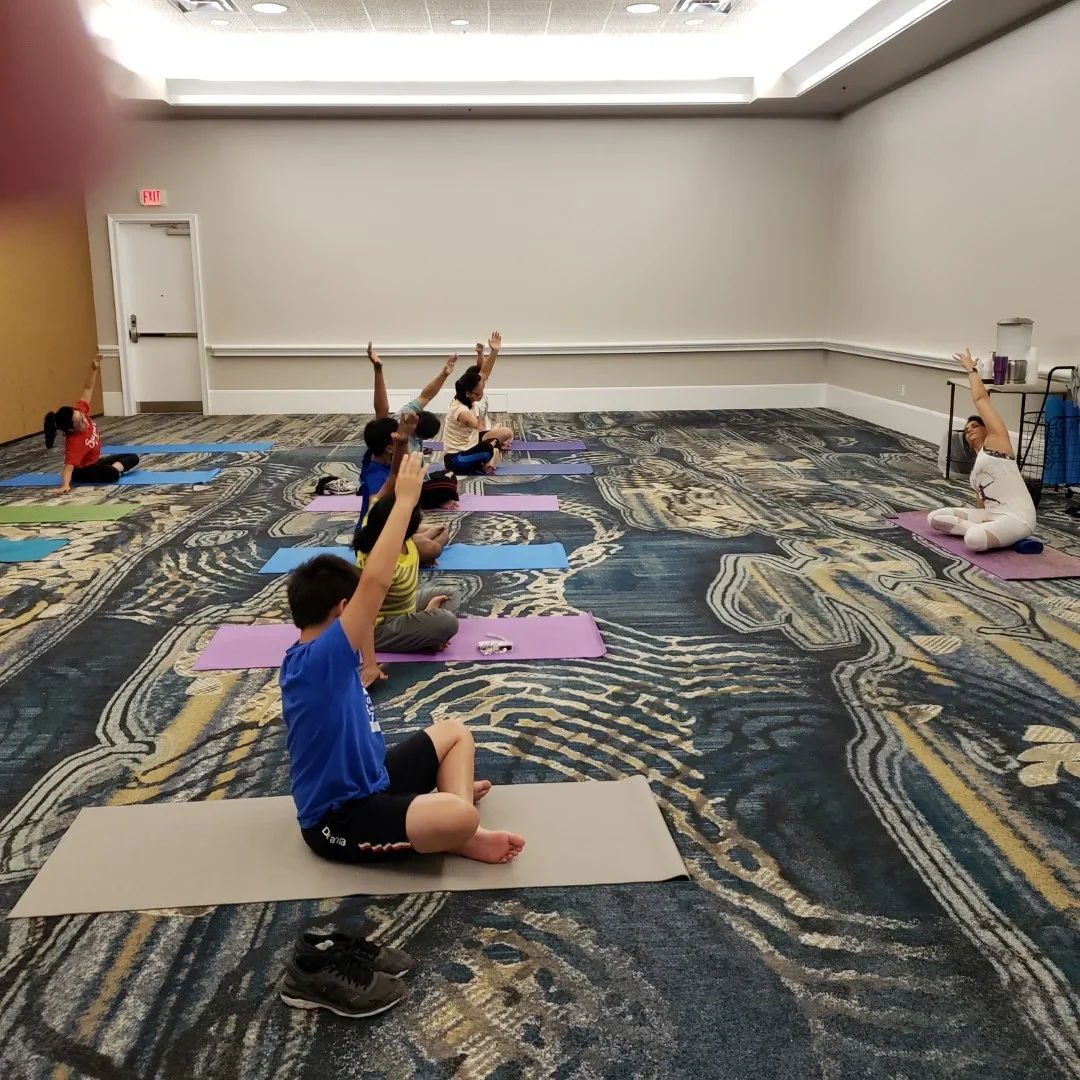The proportion of boys and men in yoga is around 17%, a near mirror image of the percentage of girls and women in chess (14.6%). Despite yoga and chess primarily appealing to different genders, at least three U.S. businesses successfully combine the two pastimes. For this article, I asked those business owners if they have encouraged crossovers, such as yoga devotees playing chess games or chess players in yoga postures. I also asked how yoga novices should pick yoga types or postures, and studios or teachers. In chess, ratings indicate the chess content knowledge of teachers.
Although there are chess variants (bughouse, Fischer Random), most players’ improvement efforts are directed at their classical or rapid chess ratings. One can search US Chess ratings or FIDE (International Chess Federation) ratings to assess potential teachers’ chess content knowledge, though those ratings do not assess teaching skills. In contrast, yoga has at least eight types and, according to an article by Melinda Matthews, “hundreds of yoga postures.” Matthews gave this rather ominous warning about the importance of finding yoga instruction: “if you’re a novice, don’t attempt the postures in the photographs without receiving more detailed instruction about getting into and coming out of the poses.”
Matthews provided an instructional video aimed at chess players in 2013. Matthews, who now serves as editor of Chess Life, described herself in 2014 as a “yoga devotee” whose “passion for yoga” was similar to the passion felt for chess by her son, NM Nicky Rosenthal. Matthews’ article presented historical similarities between chess and yoga. For example, Matthews wrote, “The game credited as chess’ forerunner is called chaturanga. Chaturanga also happens to be the name of a common yoga posture.” Matthews also gave practical ideas, such as yoga poses for back flexibility, to help chess players since they may have spent “too much time sitting at the board.” In the six years since Matthews’ article and video were published on Chess Life Online, businesses are combining chess and yoga. I profile three of those businesses here. Mississippi The Franklin Chess Center in Meadville, Mississippi, offers free chess and yoga classes to students attending Franklin County Schools. The classes are unusual offerings for rural Mississippi and are funded by the 501(c)3 Southwest Mississippi Chess Foundation. Dr. Jeff Bulington is the foundation’s director and is the lead instructor of the chess classes. The Franklin County Chess program was featured on 60 Minutes in 2017. Susanne Bulington, Jeff’s wife, teaches the yoga classes. Susanne is an Intermediate Junior 1 Certified Iyengar Yoga Teacher (CIYT) and Yoga Alliance RYT-500. For more information about Iyengar Yoga, visit the website of the Iyengar Yoga National Association of the United States (IYNAUS). Yoga classes are held in the skittles annex of the Franklin Chess Center. Chess students ages 10-16 (4th through 10th grade) may elect to take a one-hour yoga class twice weekly (4:15-5:15 p.m.). Yoga class attendance ranges between 6 and 17 participants, of which approximately 60% are boys. In March, a 1st through 3rd grade yoga class will be added to the center’s offerings.
In the children’s yoga classes, Susanne incorporates standing, seated, arm balance and inversion asana (postures). The class typically starts with jumping, a dynamic and invigorating practice of movement. Susanne told me via e-mail:
After sitting through a school day followed by playing chess, the children really enjoy jumping. Standing poses help develop a solid foundation of balance, strength, flexibility, and endurance. Postures that accentuate lifting the chest, with a straight and extended spine are extremely beneficial to the children’s posture and general health. For the chess players this also translates into improved stamina and physical comfort during tournament play. Further, yoga practice filters out distractions, which helps develop attention, concentration, and self-control.
Beyond her classes sponsored by the Southwest Mississippi Chess Foundation, Susanne runs her own business, Meadville Yoga, and offers three weekly adult classes. There is some crossover, with some parents of children in the chess program attending the adult yoga classes and some adult yoga students participating in the adult chess classes. With the addition of the yoga classes and an increased number of tournaments hosted at Franklin Chess Center since the 60 Minutes story aired, the Franklin Chess Center is typically busy seven days a week. Susanne has recommendations for Chess Life Online readers looking for yoga instructors.
She writes: “Due to the Iyengar Yoga teaching certification’s rigorous standards, seek out a Certified Iyengar Yoga Teacher for yoga instruction. The website for IYNAUS has a teacher search which can be a helpful resource for finding a highly skilled, knowledgeable and effective yoga teacher. Much like looking for a chess instructor for your child, get a recommendation from a trusted friend or colleague and do your research.” California Rico Adkins, the founder of the non-profit Chess Yoga, appeared on a Mechanics’ Institute Chess Club’s Tuesday Night Marathon broadcast (from 27:40-43:04). In that November 12, 2019 broadcast, Adkins compared calling football plays to thinking in chess, as he has coached football at the high school and college levels. Adkins also discussed his two passions, chess and yoga, and making both accessible to low-income children.
Chess Yoga provides chess equipment and instruction. Its instruction utilizes yogic philosophical wisdom to assist students with controlling emotions and the ego during or after chess games. At Middle College High School, on the campus of Contra Costa College in San Pablo, CA, students attend chess club meetings, play chess, and have chess instruction every week. Chess Yoga also provided chess equipment and instruction for the Jamaica Rastafarian Development Community (JRDC) School in Shashamane, Ethiopia. The Chess Yoga program in Ethiopia will help identify and develop young chess talent. Those talented youth may progress at chess enough to join the Ethiopian Chess Federation’s open and women’s chess teams. Asked to describe his practice and teaching, Adkins emailed that
I meditate myself and I practice physical yoga as well. When my students request instruction on the best yoga poses, and they are yoga beginners, I show them the Downward-Facing Dog Pose. I also show them the Cobra Pose and the Wheel Pose. I tell them that the core of the body is important to build. To assist students psychologically, who are impatient during a chess game or at other times, I tell them to meditate and breathe, to calm down emotionally. Playing long chess games help with meditation. And yogic meditation, focusing the mind, improves chess-playing ability. … Without the financial support from donations on our website, www.chessyoga.org, many of the Chess Yoga programs would not be sustainable.
Florida Jon Haskel runs the Boca Raton Chess Club. He emailed, “The Boca Raton Chess Club has been meeting once a week for over 15 years. The club also runs one-day and weekend tournaments.” Because chess players spend a lot of time sitting, as Matthews noted in her article, Haskel sees the importance of yoga for chess players. So the Boca Raton Chess Club sponsored a yoga class for the 2019 Denker, Barber, and Haring participants. Some participants’ parents took the yoga class too. The class was taught by Anjli from the Authentic-East yoga studio located in Orlando. Haskel also provided a free yoga class at the 18th Annual Turkey Bowl that took place the weekend of November 15-17, 2019, at the Marriott Hotel in Coral Springs, Florida.
Haskel is a yoga enthusiast and sent this advice for fellow fans. “When I am working as a tournament director at chess tournaments around the country, I find the best way to try and find yoga classes, for myself, is via the Mindbody App. Locally, I go to a few different studios and after having done so I know which instructors I like more.” He added that there are even yoga mats with chess themes. If you are a typical American, you will make New Year’s Resolutions. Trying a yoga class could be one of those resolutions, to improve your body, mind, and maybe even your tournament chess results. Namaste.
Categories
Archives
- July 2025 (24)
- June 2025 (25)
- May 2025 (24)
- April 2025 (29)
- March 2025 (29)
- February 2025 (20)
- January 2025 (24)
- December 2024 (34)
- November 2024 (18)
- October 2024 (35)
- September 2024 (23)
- August 2024 (27)
- July 2024 (44)
- June 2024 (27)
- May 2024 (31)
- April 2024 (51)
- March 2024 (34)
- February 2024 (25)
- January 2024 (26)
- December 2023 (29)
- November 2023 (26)
- October 2023 (37)
- September 2023 (27)
- August 2023 (37)
- July 2023 (47)
- June 2023 (33)
- May 2023 (37)
- April 2023 (45)
- March 2023 (37)
- February 2023 (28)
- January 2023 (31)
- December 2022 (23)
- November 2022 (32)
- October 2022 (31)
- September 2022 (19)
- August 2022 (39)
- July 2022 (32)
- June 2022 (35)
- May 2022 (21)
- April 2022 (31)
- March 2022 (33)
- February 2022 (21)
- January 2022 (27)
- December 2021 (36)
- November 2021 (34)
- October 2021 (25)
- September 2021 (25)
- August 2021 (41)
- July 2021 (36)
- June 2021 (29)
- May 2021 (29)
- April 2021 (31)
- March 2021 (33)
- February 2021 (28)
- January 2021 (29)
- December 2020 (38)
- November 2020 (40)
- October 2020 (41)
- September 2020 (35)
- August 2020 (38)
- July 2020 (36)
- June 2020 (46)
- May 2020 (42)
- April 2020 (37)
- March 2020 (60)
- February 2020 (38)
- January 2020 (45)
- December 2019 (35)
- November 2019 (35)
- October 2019 (42)
- September 2019 (45)
- August 2019 (56)
- July 2019 (44)
- June 2019 (35)
- May 2019 (40)
- April 2019 (48)
- March 2019 (61)
- February 2019 (39)
- January 2019 (30)
- December 2018 (29)
- November 2018 (51)
- October 2018 (45)
- September 2018 (29)
- August 2018 (49)
- July 2018 (35)
- June 2018 (31)
- May 2018 (39)
- April 2018 (31)
- March 2018 (26)
- February 2018 (33)
- January 2018 (30)
- December 2017 (26)
- November 2017 (24)
- October 2017 (30)
- September 2017 (30)
- August 2017 (32)
- July 2017 (27)
- June 2017 (32)
- May 2017 (26)
- April 2017 (37)
- March 2017 (28)
- February 2017 (30)
- January 2017 (27)
- December 2016 (29)
- November 2016 (24)
- October 2016 (32)
- September 2016 (31)
- August 2016 (27)
- July 2016 (24)
- June 2016 (26)
- May 2016 (19)
- April 2016 (30)
- March 2016 (37)
- February 2016 (27)
- January 2016 (33)
- December 2015 (25)
- November 2015 (23)
- October 2015 (16)
- September 2015 (28)
- August 2015 (28)
- July 2015 (6)
- June 2015 (1)
- May 2015 (2)
- April 2015 (1)
- February 2015 (3)
- January 2015 (1)
- December 2014 (1)
- July 2010 (1)
- October 1991 (1)
- August 1989 (1)
- January 1988 (1)
- December 1983 (1)


